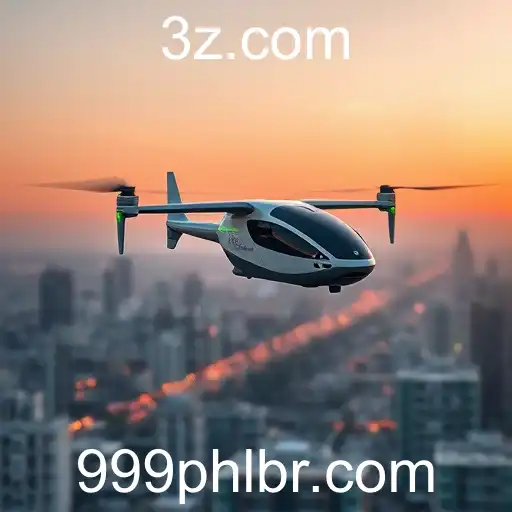
Exploring the transformative impact of electric aeromobility on global transportation systems and urban landscapes.
The landscape of transportation is undergoing a significant transformation with the advent of electric aeromobility. As cities across the globe grapple with the dual challenges of climate change and urban congestion, the promise of electric-powered aircraft offers a compelling vision for the future of urban mobility.
Electric aeromobility refers to the use of electrically powered aircraft in urban and regional air transportation. This concept, once a notion of science fiction, is proving to be a practical solution for sustainable transport, driving innovation in aviation technology and infrastructure development. Companies such as Lilium, Joby Aviation, and Vertical Aerospace are leading this charge, developing electric vertical takeoff and landing (eVTOL) aircraft that are poised to revolutionize short-haul flights and urban air transportation.
The potential benefits of electric aeromobility are manifold. First and foremost, it offers a sustainable transport option, contributing to significant reductions in carbon emissions compared to traditional combustion-powered aircraft. As governments and organizations turn their focus to sustainability benchmarks, electric aeromobility emerges as a critical component of broader strategies aimed at reducing environmental impacts.
Furthermore, electric aircraft promise to alleviate urban congestion. By introducing a third dimension to urban transit systems, eVTOLs could significantly reduce journey times and ease road traffic in megacities. The integration of urban air mobility solutions into existing transport networks could redefine city landscapes, necessitating novel infrastructure such as urban skies ports and advanced air traffic management systems.
However, the drive towards widespread adoption of electric aeromobility is not without its challenges. Technical and regulatory hurdles remain significant, with concerns around battery efficiency, air traffic management, and public acceptance requiring comprehensive strategies. Furthermore, the economic viability and scalability of integrating these aircraft into everyday transport systems present additional layers of complexity.
Despite these challenges, the momentum behind electric aeromobility continues to grow. Governments and private stakeholders are investing heavily in research and development, aiming to clear existing technological and regulatory barriers. Given the rapid pace of innovation and collaboration within the industry, the coming decade could see a mass adoption of electric air transport solutions in urban settings.
In conclusion, electric aeromobility presents a frontier for sustainable urban transportation, promising to transform how people move and interact with cities. As trials progress and infrastructure adapts, the potential of eVTOL aircraft to reshape urban environments becomes increasingly tangible, paving the way for a new era in transportation.




